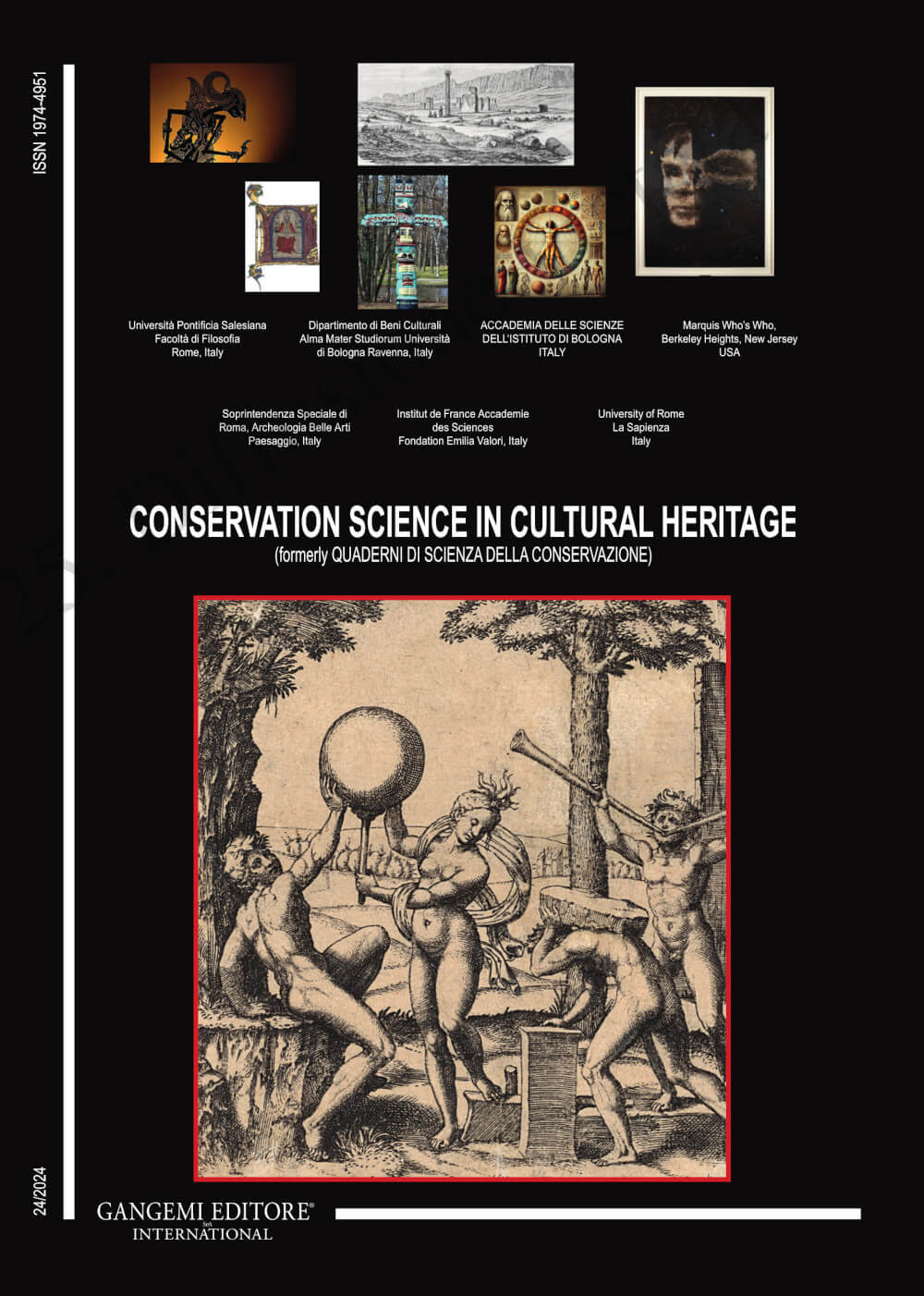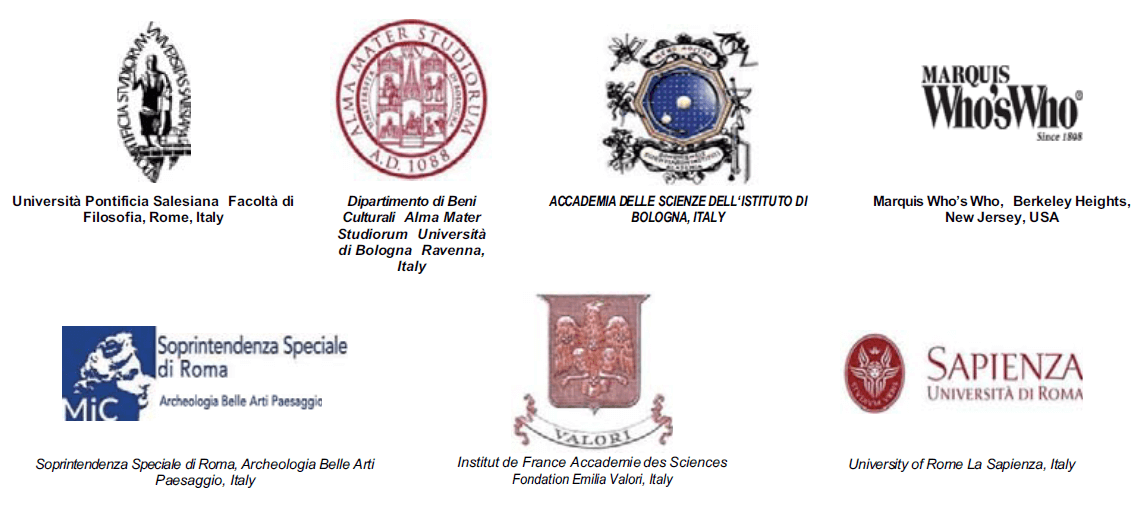HBIM reconstruction in cultural heritage: the case study of the Casina Cenci Giustiniani, Rome
DOI:
https://doi.org/10.6092/issn.1973-9494/22468Keywords:
H-BIM, refurbishment, cultural heritage, digitalizationAbstract
This paper explores the application of Heritage/Historical Building Information Modelling (HBIM) as a transformative tool for the restoration and management of historical structures focusing on the case study of Casina Cenci Giustiniani in Rome. HBIM is an extension of Building Information Modelling (BIM) specifically designed for the documentation, management, and conservation of historic and heritage buildings, utilizing parametric 3D models enriched with both geometric and historical data. HBIM enables the integration of detailed survey data and archival research to create intelligent digital representations that support restoration, maintenance, and analysis of existing architectural heritage. The HBIM methodology is especially pertinent for architectural heritage, where a thorough and multifaceted understanding of the asset is indispensable for any restoration and conservation strategy. The implementation of HBIM facilitates the systematic organization of relevant data, supporting both the documentation phase and subsequent inspection and diagnostic tasks. The methodological process used in this paper involved a scan-to-BIM strategy to reconstruct the three-dimensional model of the building from oriented images, minimizing labour-intensive and error-prone manual operations. This has enabled the creation of an accurate as-built model that preserves critical information regarding external dimensions, material compositions, deformations, and structural conditions. The resulting digital model serves as a comprehensive repository, hosting and embedding multiple data sets that collectively constitute a robust informational framework for future conservation efforts.
Downloads
Published
How to Cite
Issue
Section
License
Copyright (c) 2024 Luca Gugliermetti, Federico Cinquepalmi, Lorenzo Villani

This work is licensed under a Creative Commons Attribution 4.0 International License.





